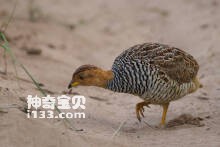
Peliperdix coqui
Peliperdix coqui,Coqui Francolin
The partridge (Peliperdix coqui) is known as Coqui Francolin and has four su···
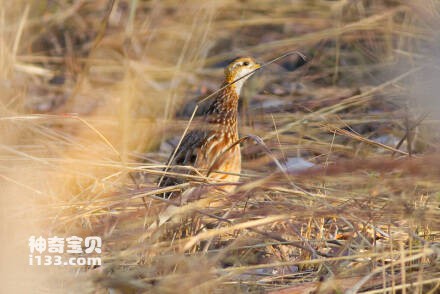
Peliperdix albogularis
Peliperdix albogularis,White-throated Francolin
The partridge (Peliperdix albogularis) is White-throated Francolin and has t···
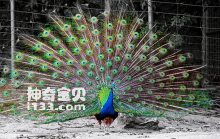
Pavo cristatus
Pavo cristatus,Common Peafowl,Indian Peafowl,Peafowl
Blue peacock (Pavo cristatus) Common Peafowl, Indian Peafowl, Peafowl, no su···
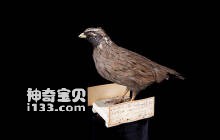
Ophrysia superciliosa
Ophrysia superciliosa,Himalayan Quail
The Himalayan Quail (Ophrysia superciliosa) is a medium sized pheasant bird ···
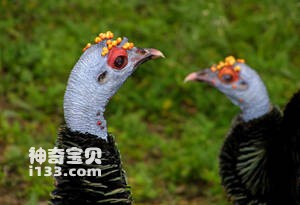
Meleagris ocellata
Meleagris ocellata,Ocellated Turkey
The Ocellated Turkey (Ocellated Turkey) is one of two species of Turkey with···
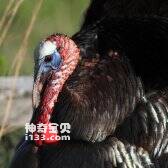
Meleagris gallopavo
Meleagris gallopavo,Turkey,Wild Turkey
The Turkey (Meleagris gallopavo) is known as Turkey, Wild Turkey, and has si···
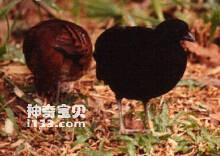
Melanoperdix nigra
Melanoperdix nigra,Black Partridge
Black quail (Melanoperdix nigra) is known as Black Partridge and has two sub···
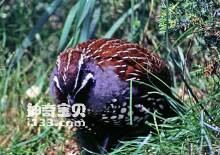
Margaroperdix madagarensis
Margaroperdix madagarensis,Madagascar Partridge
Its scientific name is Margaroperdix madagarensis and its foreign name is Ma···
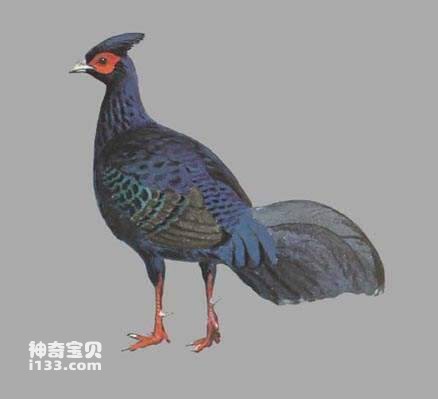
Lophura × imperialis
Lophura × imperialis
Lophura × imperialis, one of the world's rarest chickens, was discovere···
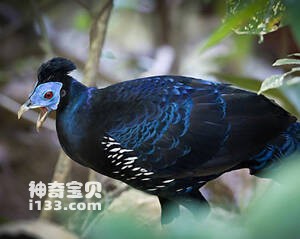
Lophura rufa
Lophura rufa,Malay Crested Fireback
Malay Crested Fireback (Lophura rufa), a single species without subspecies d···
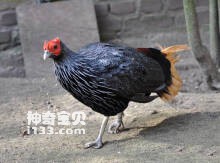
Lophura pyronota
Lophura pyronota,Bornean Crestless Fireback
Bornean Crestless Fireback (Lophura pyronota), a single species without subs···
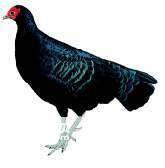
Lophura inornata
Lophura inornata,Salvadori’s Pheasant
Lophura inornata (Salvadori's Pheasant), usually in small groups of thre···
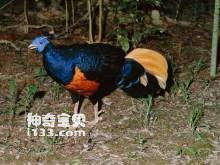
Lophura ignita
Lophura ignita
Lophura ignita is a medium pheasant measuring 70cm in length. The pheasant&#···

Lophura erythrophthalma
Lophura erythrophthalma
Lophura erythrophthalma, often alone or in pairs or in small groups of 3-6 i···
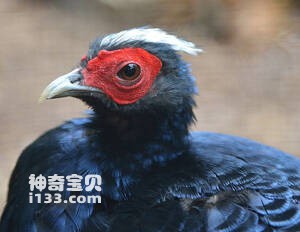
Lophura edwardsi
Lophura edwardsi,Edwards's Pheasant
Lophura edwardsi Edwards' s Pheasant, there are 2 subspecies.Lopheus is ···
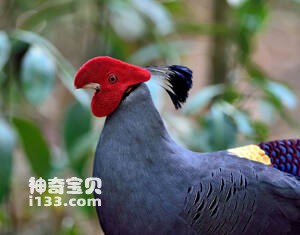
Lophura diardi
Lophura diardi,Siamese fireback
Siamese fireback (Lophura diardi) is a medium pheasant.Thai pheasants usuall···
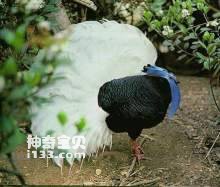
Lophura bulweri
Lophura bulweri,Bulwer’s Pheasant
Lophura bulweri, also known as Bulwer's Pheasant, is a pheasant native t···
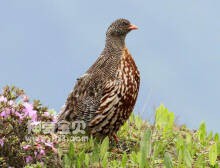
Snow Partridge
Snow Partridge,Lerwa lerwa
Snow Partridge (Lerwa lerwa) has three subspecies.Snow quails are good at wa···
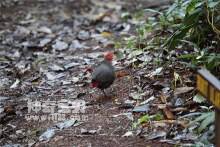
Haematortyx sanguiniceps
Haematortyx sanguiniceps,Crimson-headed Partridge
The red-headed Partridge (Haematortyx sanguiniceps) feeds on hard seeds. Usu···
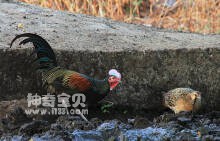
Gallus varius
Gallus varius,Green Junglefowl
The Green fowl (Gallus varius) is a foreign name, Green Junglefowl, without ···
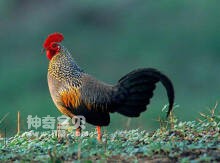
Gallus sonneratii
Gallus sonneratii,Grey Junglefowl
The Grey fowl (Gallus sonneratii) is known as Grey Junglefowl and has no sub···
